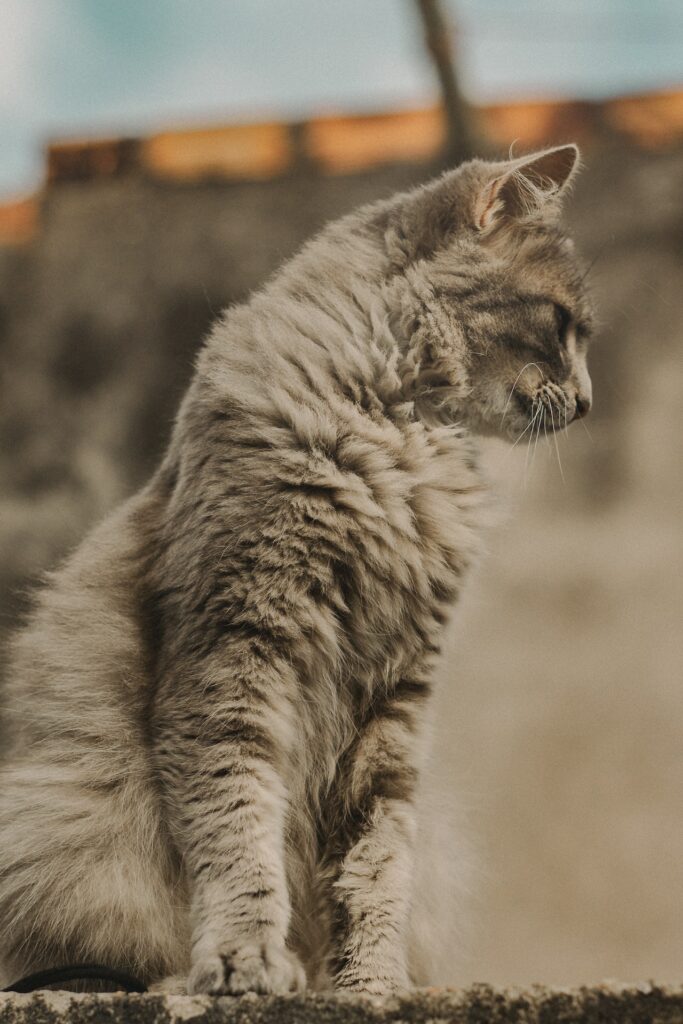Can Cats Eat Lasagna? The Risks, Nutritional Content & Alternatives
Are you wondering if cats can eat lasagna? While it can be tempting to share this delicious dish with your feline friend, the truth is that cats should not have lasagna due to its high fat and sodium content. In this article, we’ll look at the nutritional content of lasagna, its potential risks, and other alternatives that can provide your cat with a safe and healthy diet. So keep reading to learn more about why lasagna is unsuitable for cats!
Can Cats Eat Lasagna?
Lasagna is an Italian dish that often consists of layers of pasta, cheese and tomato sauce. It is a popular comfort food many people enjoy worldwide, but can cats eat it too?
Is Lasagna Safe For Cats To Eat?
The short answer is no; cats should not eat lasagna. While some ingredients in lasagna are generally safe for cats to eat in moderation, other components, such as garlic and onions, are toxic for felines. Additionally, if the lasagna contains meat, it could potentially contain toxins and parasites that can cause serious health issues for cats. Therefore, it’s best to avoid giving your cat any lasagna dish.
Benefits of Feeding Your Cat Lasagna
Despite the potential risks involved with feeding cats lasagna, there are also some potential benefits. For example, if the lasagna does not contain toxic ingredients like garlic or onion, then eating a small amount might provide your cat with essential vitamins and minerals such as calcium from the cheese and vitamins A and C from the tomato sauce. Additionally, if you use ground beef or turkey rather than sausage, this could provide a good source of protein for your cat.
Risks Involved With Feeding Your Cat Lasagna
Lasagna can pose several risks when fed to cats due to its ingredients and preparation methods:
Garlic and Onions:
Both garlic and onions contain thiosulphate, which is toxic to cats if ingested in large amounts over time. Eating small amounts once in a while should not pose any risk, but regular consumption of either ingredient should be avoided at all costs.
Salt:
Salt is added to many dishes, including lasagnas which can lead to dehydration if consumed regularly by cats. Dehydration can seriously affect their health, so avoid adding salt when cooking meals for pets or use minimal amounts.
Meat Products:
If the lasagne contains any meat product such as sausage or ground beef, it could expose your cat to parasites or toxins that could make them very sick if ingested over time. This category would also include fish-based products such as salmon, which should also be avoided at all costs due to its high mercury content, which can cause organ damage in felines if eaten regularly over time.
Cheeses:
Cheese contains lactose which some cats cannot digest properly, leading them to experience digestive issues such as vomiting or diarrhoea after ingesting it, even in small amounts occasionally, so care should be taken when offering them cheesy treats like lasagne dishes!
Foods That Are Safe For Cats To Eat Instead
If you are looking for safe alternatives for your feline friend instead of feeding them lasagne, then consider these options instead:
Fresh Meats:
Fresh meats such as chicken, turkey or lean beef provide great sources of protein without exposing them to potential parasites or toxins from processed meats like sausages or salami products used in many types of Italian cuisine dishes such as lasagne!
Fruits & Vegetables:
Many fruits and vegetables are safe for cats to consume, providing essential vitamins and minerals for healthy growth while helping keep their teeth clean too! Some examples include apples, bananas, carrots and green beans – ensure they’re cut up into small pieces before feeding, so they don’t choke on them!
Conclusion
In conclusion, while there may be benefits associated with feeding your cat small amounts of certain components found in lasagna dishes, it ultimately poses more risks than rewards due to its preparation methods using potentially dangerous ingredients like garlic and onions as well as processed meats containing toxins that could harm their health if consumed regularly over time – therefore we recommend sticking with fresh meats or fruits/vegetables when treating your feline friend instead!
If you’re concerned about the potential risks of feeding your cat lasagna and want to ensure that they can get the best possible care should anything happen, consider investing in pet insurance from Furrr.co.uk. They offer a range of policies tailored to meet all budgets and can provide peace of mind knowing that your furry friend is covered for any medical expenses or treatments they may need in the future! Get insured today with Furrr.co.uk and rest assured that your beloved pet is taken care of no matter what happens!
This article looks at whether cats can eat lasagna and provides insight into the potential risks of giving your pet this dish. It also suggests alternatives to lasagna that can provide a safe and healthy diet for cats, as well as recommending Furrr.co.uk for pet insurance should you be concerned about any potential risks. Read on to find out more!










